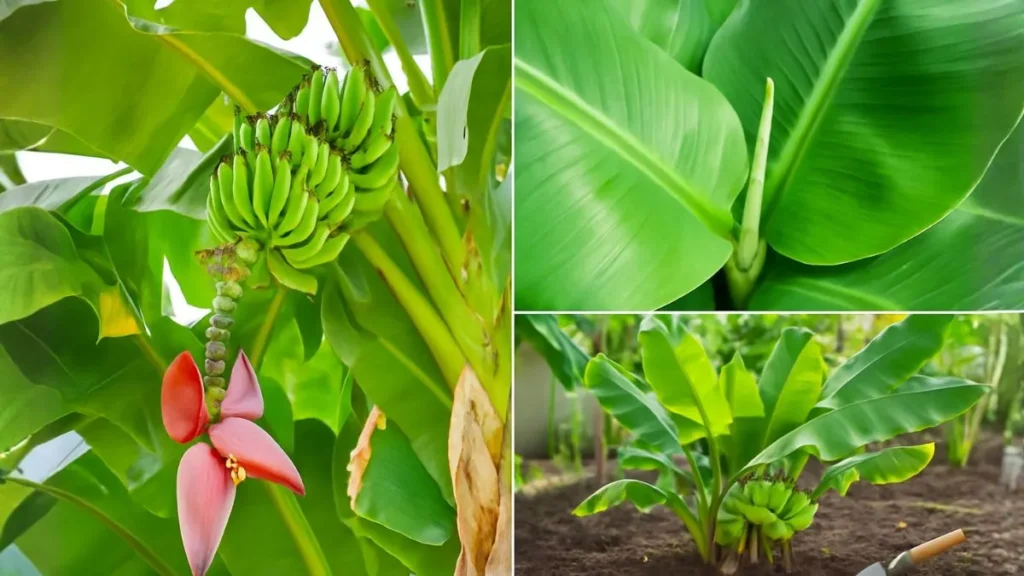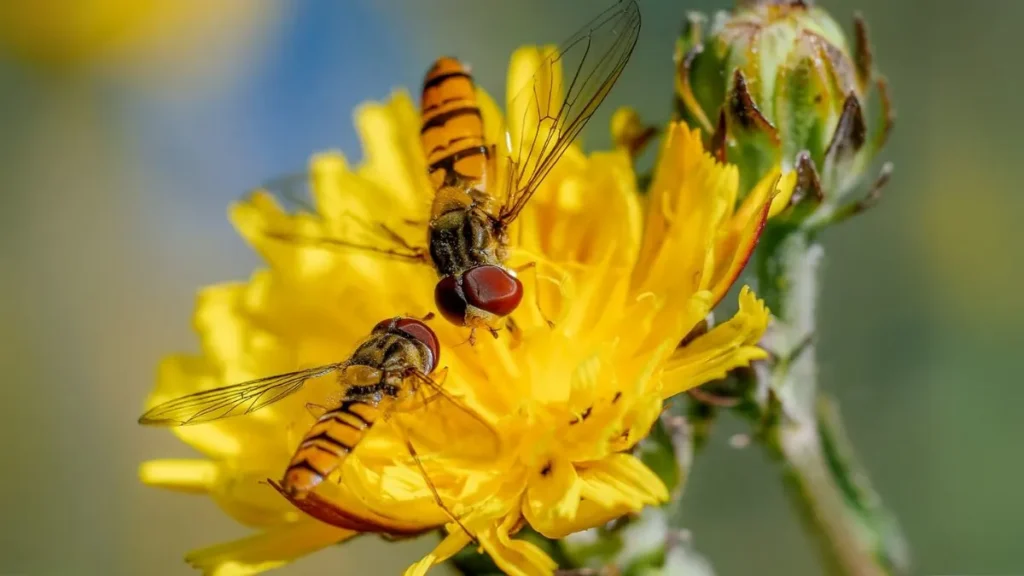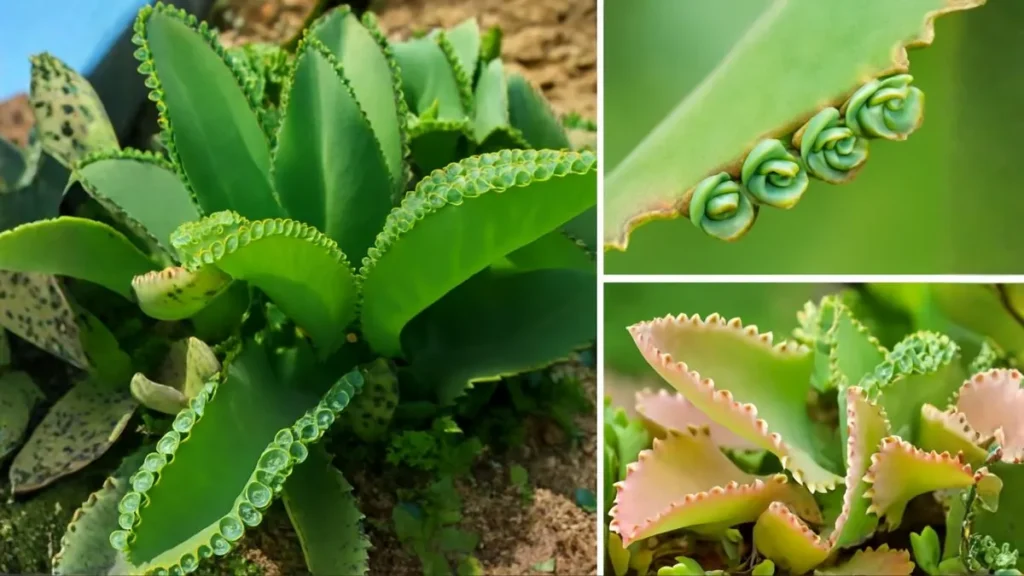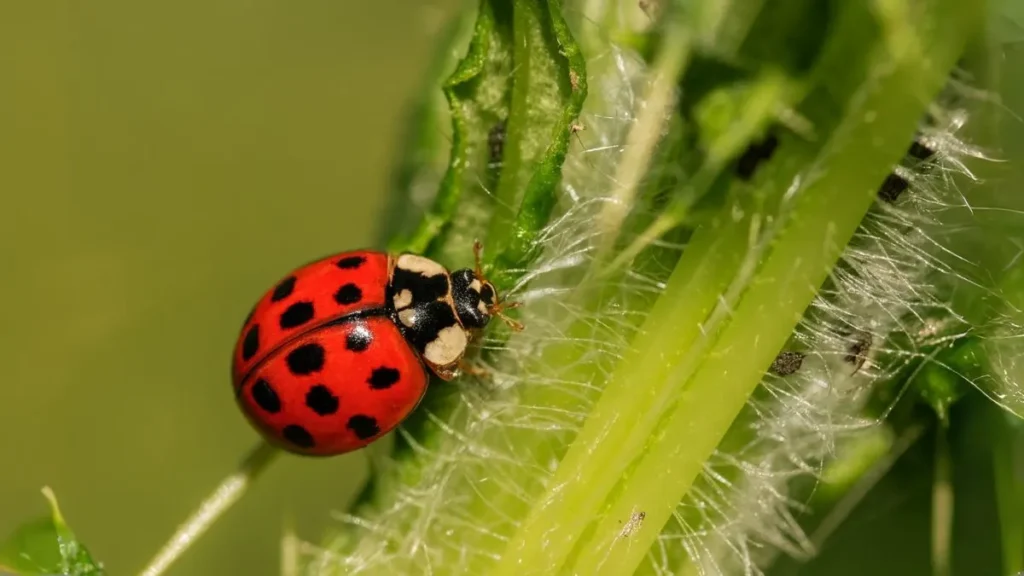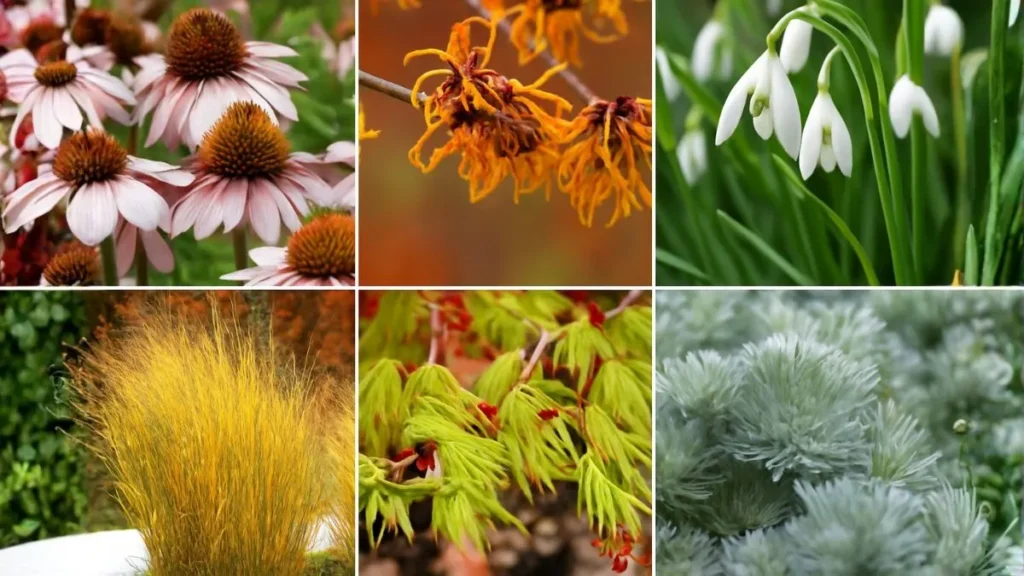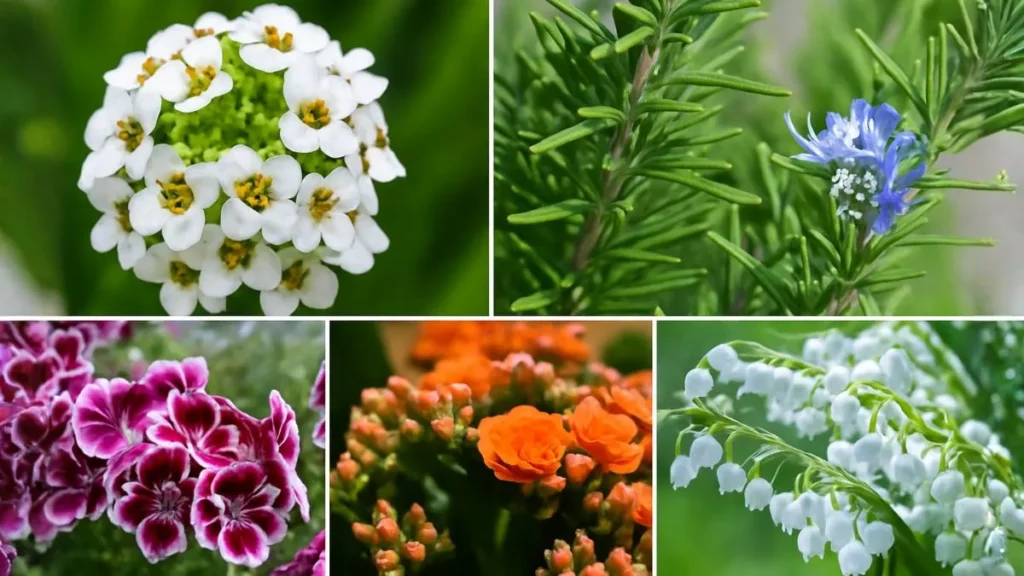The hibiscus trees is more than just a plant—it’s living art. With its bold, trumpet-shaped flowers in shades of red, yellow, orange, pink, and even multicolored blends, hibiscus is the kind of plant that turns heads instantly. For gardeners in the USA, Canada, and tropical regions alike, hibiscus is a versatile plant that can thrive both indoors and outdoors if cared for properly.
In this complete guide, I’ll walk you through everything you need to know: from preparing the soil to sunlight requirements, watering routines, and long-term care tips. I’ll also share my own experiences so you can avoid common mistakes and enjoy the most from this tropical beauty.
Choosing the Right Hibiscus
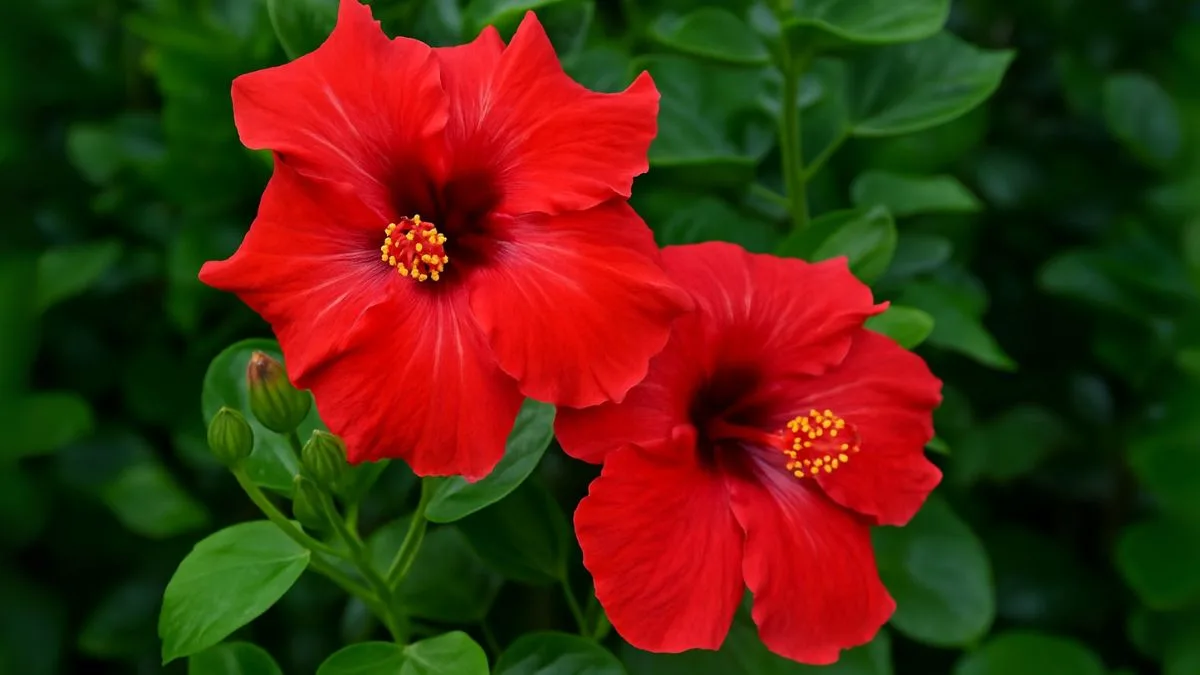
Not all hibiscus trees are created equal, and understanding the difference helps you make the right choice for your climate.
- Tropical Hibiscus: Famous for its glossy, deep-green leaves and vibrant flowers. Best suited for warm, humid areas but can also be grown in containers in cooler zones.
- Hardy Hibiscus: Designed for northern climates like Canada and northern USA. They produce massive flowers, sometimes larger than dinner plates, and can tolerate cold winters when planted in the ground.
If you live in a cooler region, growing tropical hibiscus in pots is a smart choice. You can enjoy the blooms outside in summer and bring them indoors during winter.
Preparing the Soil
Healthy soil is the secret to a thriving hibiscus. Always remember that tropical hibiscus needs moist but well-drained soil. Too much water makes the roots rot, while dry soil causes bud drop.
Before planting, it’s essential to soak the soil for 24 hours until it is evenly moist and not soggy. This step prepares the soil structure and gives young roots the best start.
I made the mistake of skipping this step once, and my hibiscus leaves quickly turned yellow. When I followed the soaking method next time, the difference was dramatic—lush green leaves and stronger flower buds within weeks.
Also Read: The Secret Weapon to a Pest-Free Home
Best Soil Mix:
- 50% quality potting soil
- 25% sand or perlite (for drainage)
- 25% organic compost (for nutrients)
Sunlight Requirements
If you want hibiscus to bloom, sunlight is non-negotiable. Hibiscus trees should be kept in an area with full sun.
- Indoors: Hibiscus needs a bright spot near a sunny window. A south-facing window is ideal. In winters, supplemental grow lights can make a big difference.
- Outdoors: Be sure to give your tropical hibiscus lots of sun—at least six to eight hours daily. This ensures maximum flower production and healthier foliage.
- Minimum Requirement: Hibiscus plants need full bright sunlight for at least 6–8 hours. Without it, you’ll notice fewer blooms and pale leaves.
🌱 My experience: I kept my hibiscus by a south-facing window in Toronto, but it only truly thrived when I moved it outdoors in summer where it could enjoy full sunshine.

Watering & Moisture
Hibiscus loves consistent hydration but doesn’t like “wet feet.” The rule is to water deeply, let the top inch of soil dry, and then water again. If you’re growing in containers, drainage holes are a must.
During hot summers, daily watering may be required, while in winters you can reduce frequency. The initial step—soak the soil for 24 hours until it is evenly moist and not soggy—helps set the tone for this balance.
Fertilizing Hibiscus
Hibiscus is a heavy feeder because it produces blooms almost continuously during its growing season. A balanced fertilizer every two weeks during spring and summer works well. If you want more flowers, choose a formula higher in potassium.
Avoid high-phosphorus fertilizers as they can damage hibiscus roots.
Also Read: White Clover Secrets: Why This “Weed” Is a Lawn Saver and Natural Remedy
Pruning and Repotting
Pruning encourages more blooms and helps maintain shape. Cut back leggy or weak stems in early spring. If you’re growing in pots, repot every 2–3 years using fresh soil. This prevents nutrient depletion and gives the roots fresh space to expand.
Growing Hibiscus in Different Climates
- In Canada and Northern USA: Tropical hibiscus can’t survive frost outdoors. Bring it inside before the first cold snap. Place it where hibiscus needs a bright spot near a sunny window. Water sparingly in winter, and avoid placing it near heating vents.
- In Tropical Regions: You’re lucky—hibiscus trees should be kept in an area with full sun all year. These plants thrive when planted directly in the ground, producing stunning blooms almost continuously.
Personal Experience
When I planted my first hibiscus tree, I underestimated how much sunlight it needed. Indoors, it produced leaves but very few flowers. Once I shifted it outside and followed the principle that hibiscus plants need full bright sunlight, the transformation was unbelievable. It rewarded me with waves of colorful blooms that lasted for weeks.
Another lesson I learned was about watering. By always ensuring tropical hibiscus needs moist but well-drained soil, I avoided root rot and bud drop. Small adjustments made a huge difference in its overall health.
Also Read: The Secret to Orchids That Never Stop Blooming
The hibiscus tree is not just a plant—it’s a tropical showpiece that can thrive in almost any home or garden when given the right care. Remember the essentials:
- Always soak the soil for 24 hours until it is evenly moist and not soggy.
- Know that hibiscus needs a bright spot near a sunny window when grown indoors.
- Recognize that hibiscus trees should be kept in an area with full sun
- Never forget to be sure to give your tropical hibiscus lots of sun, since hibiscus plants need full bright sunlight.
- Above all, keep in mind that tropical hibiscus needs moist but well-drained soil for strong roots and bright flowers.
Follow these steps, and you won’t just grow a plant—you’ll create a living piece of tropical art in your own space.
👉 Ready to bring paradise into your garden or living room? Start growing hibiscus today and enjoy year-round beauty!
